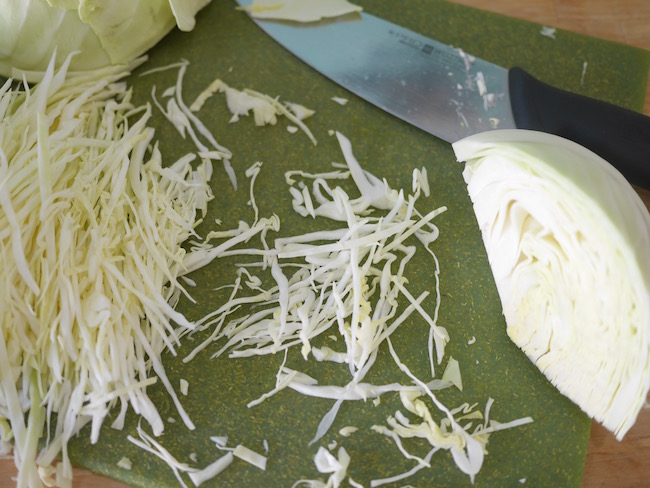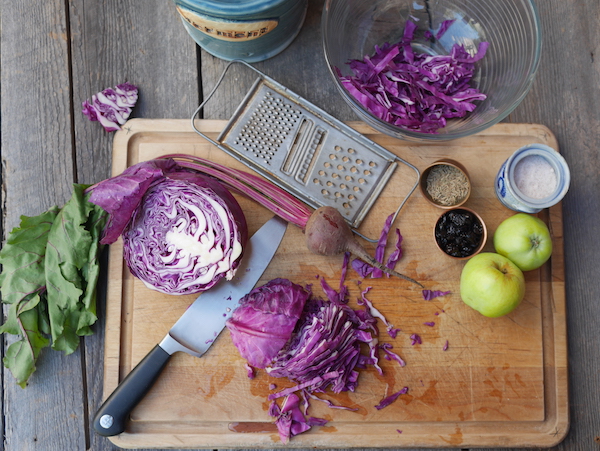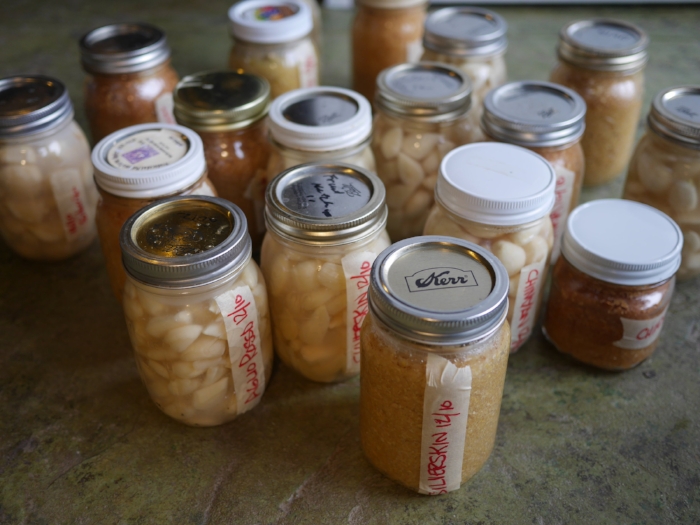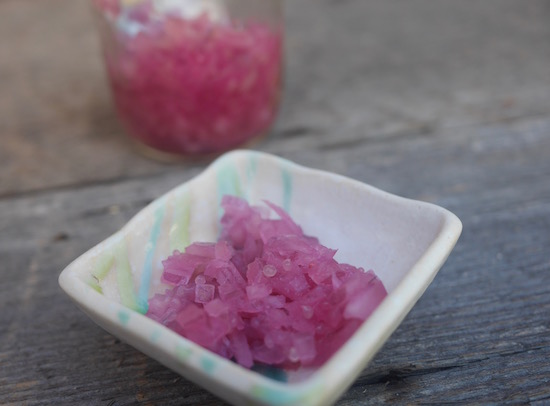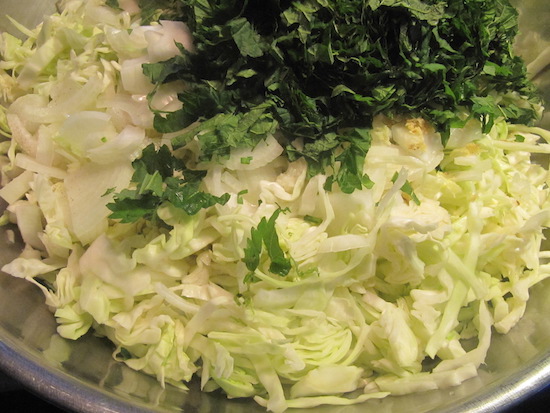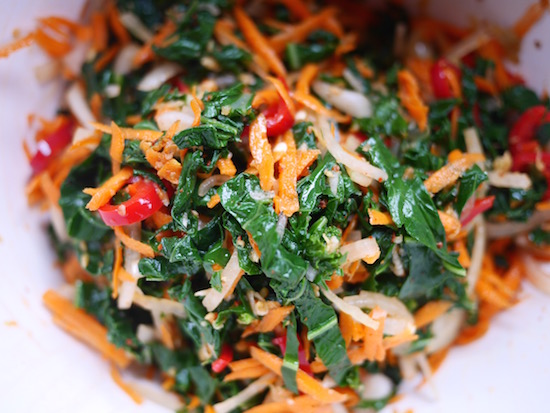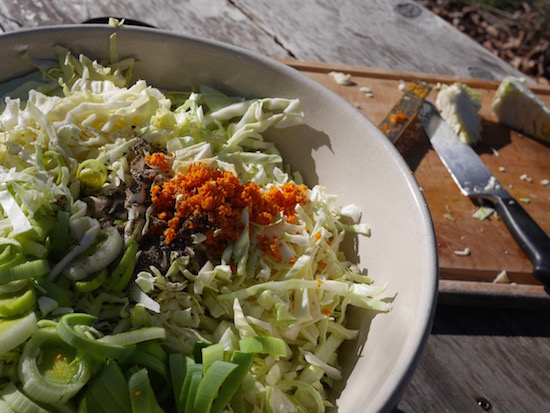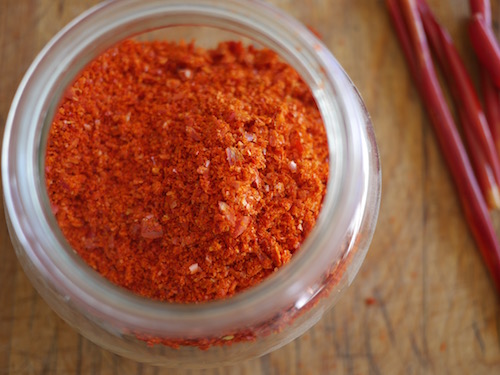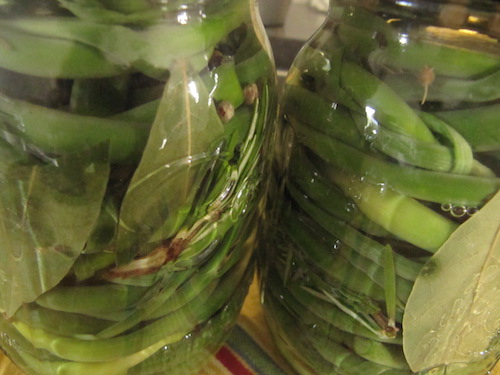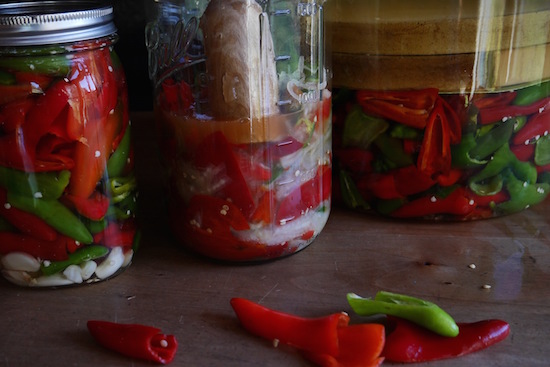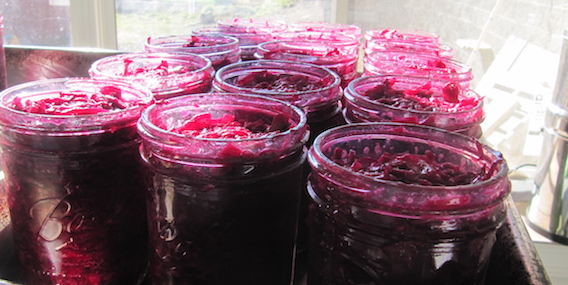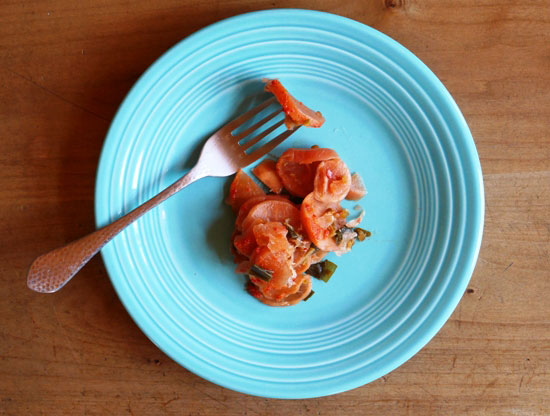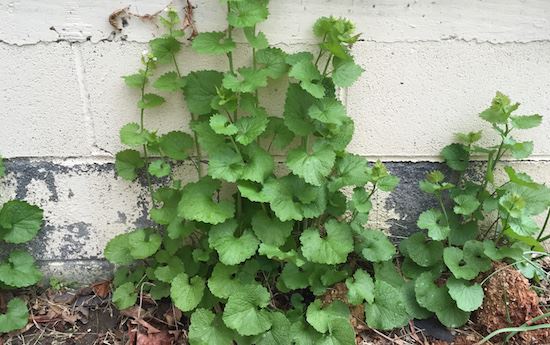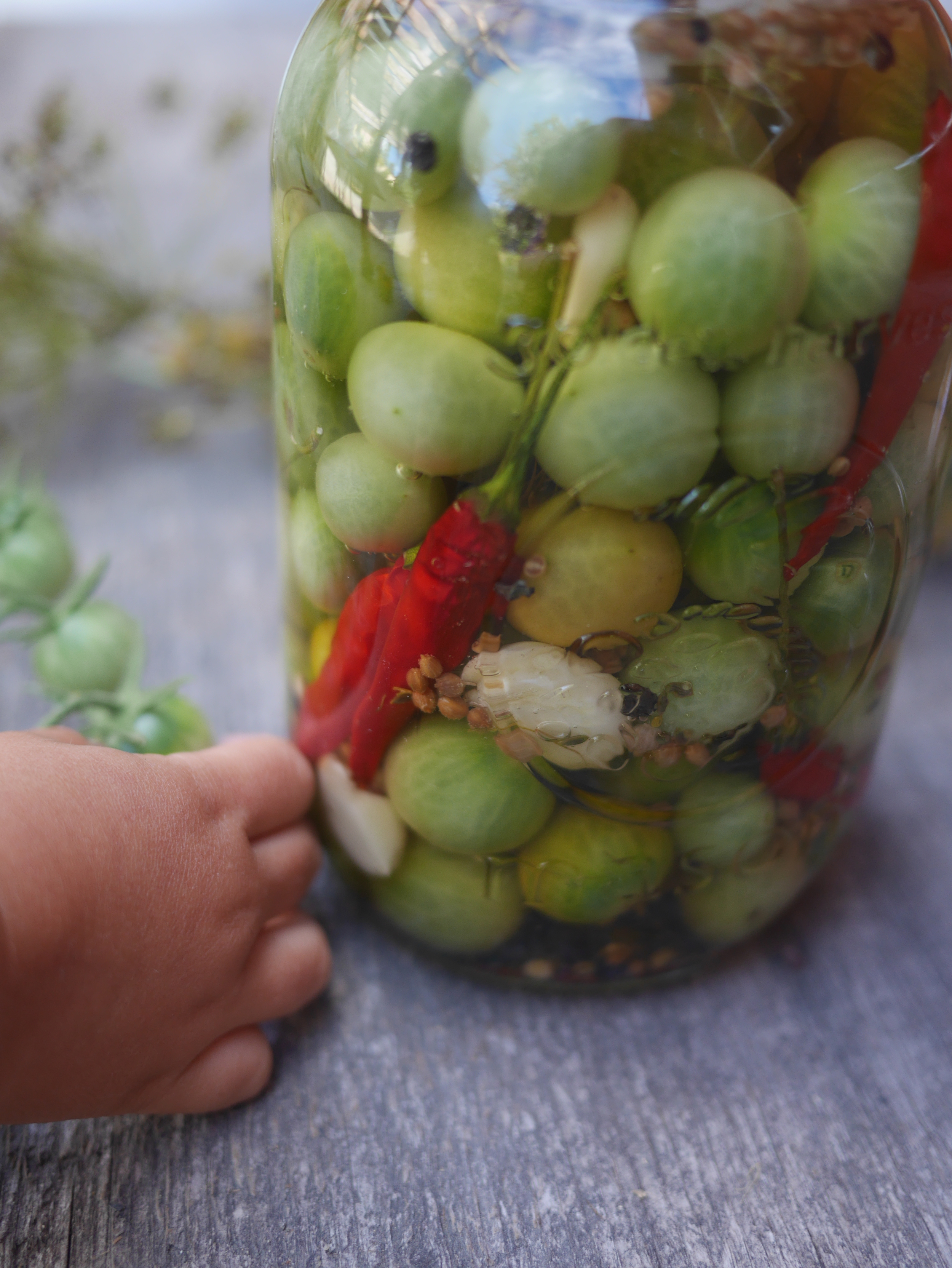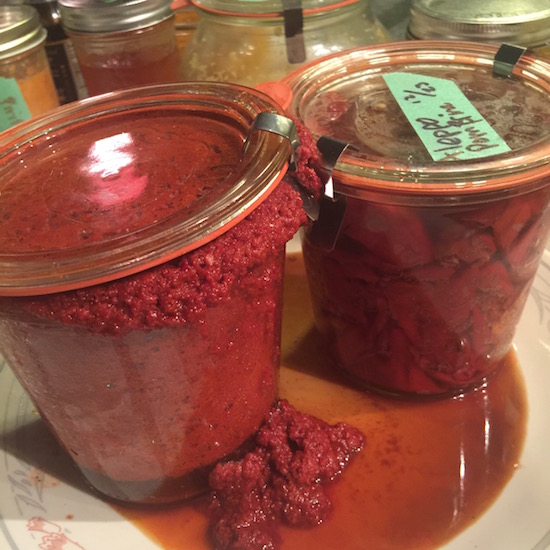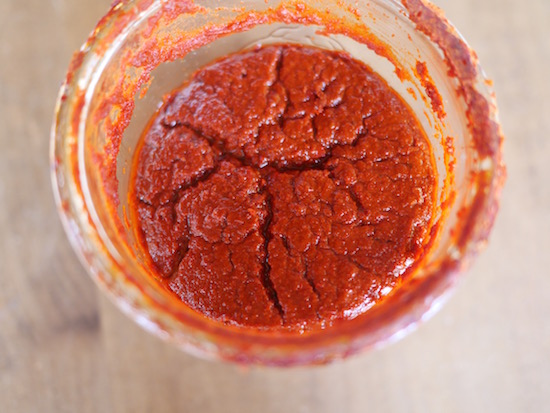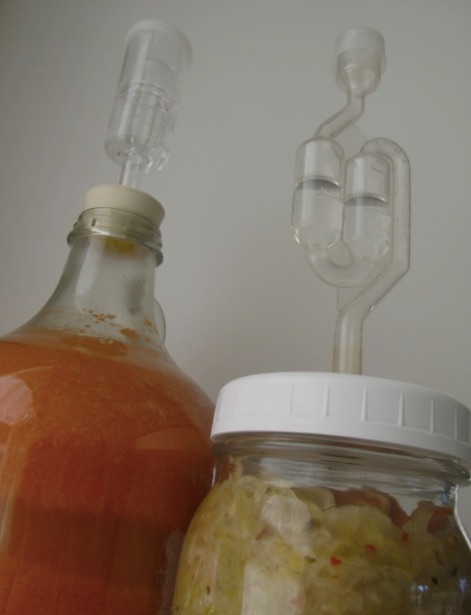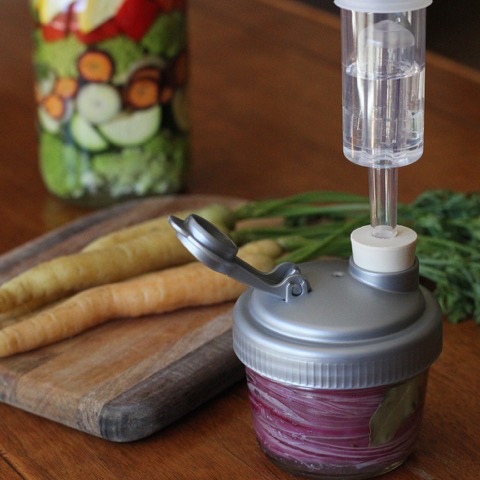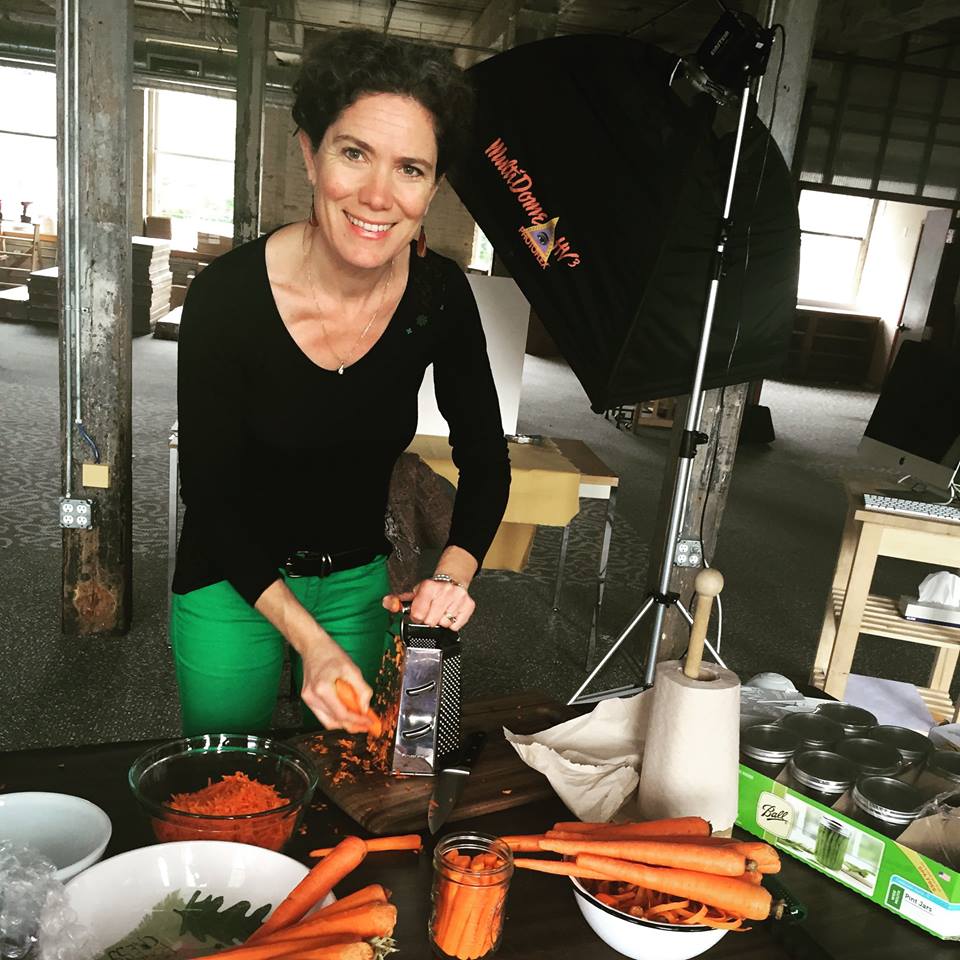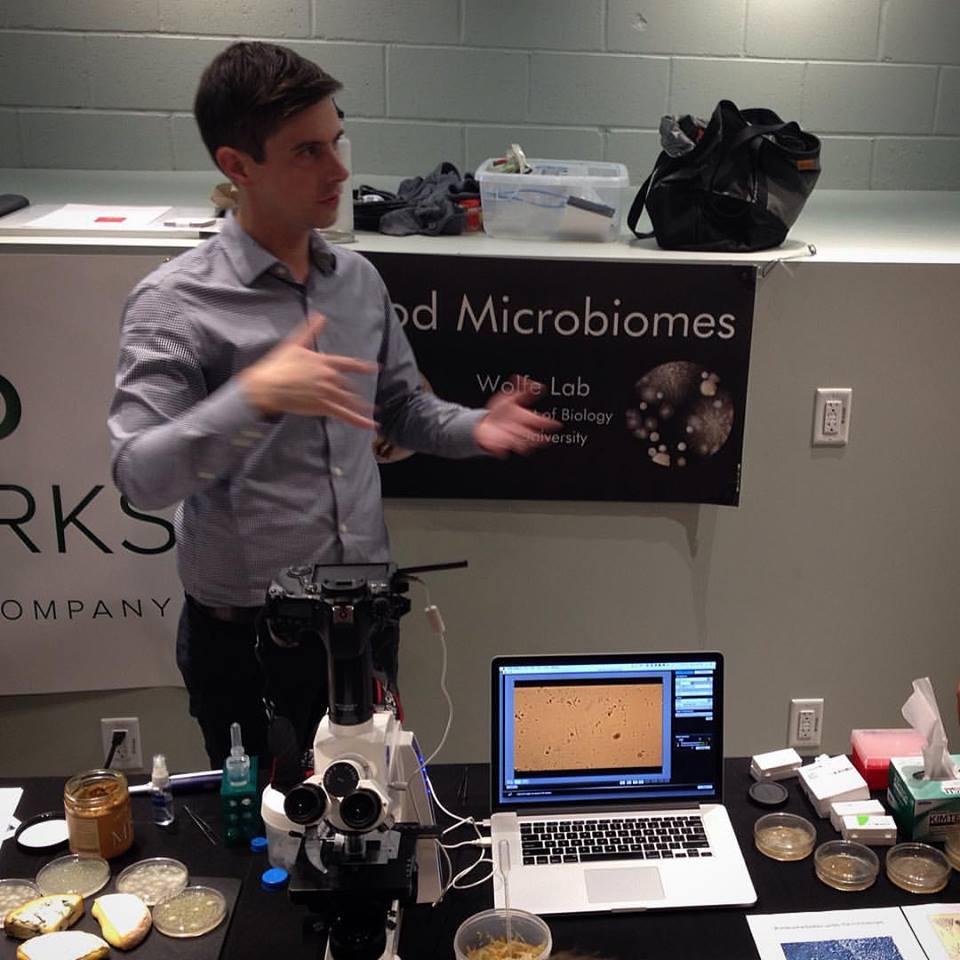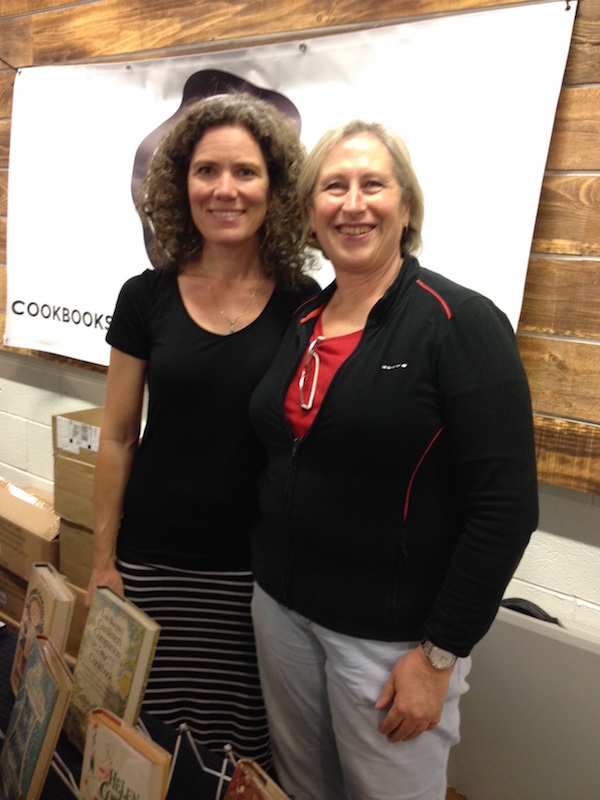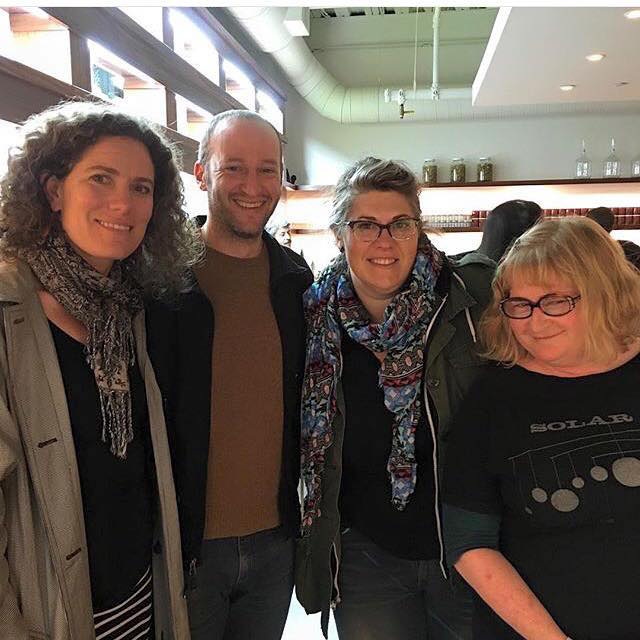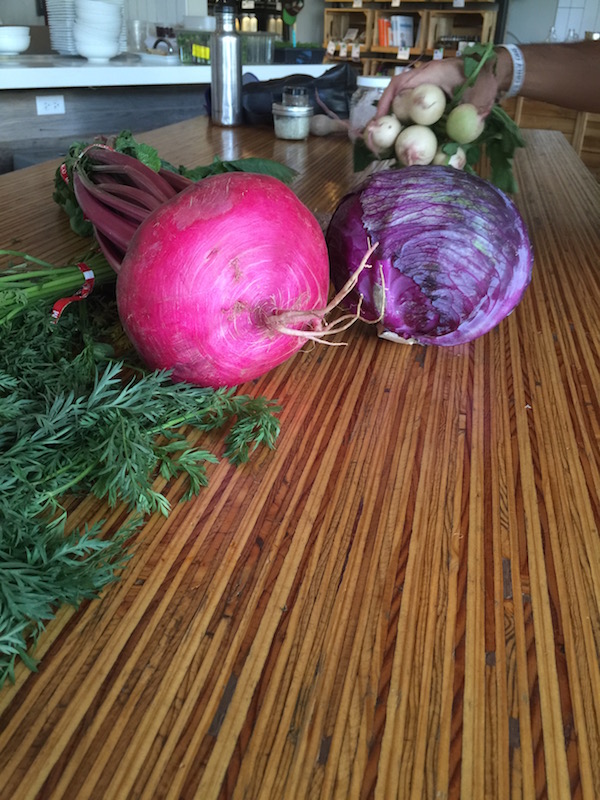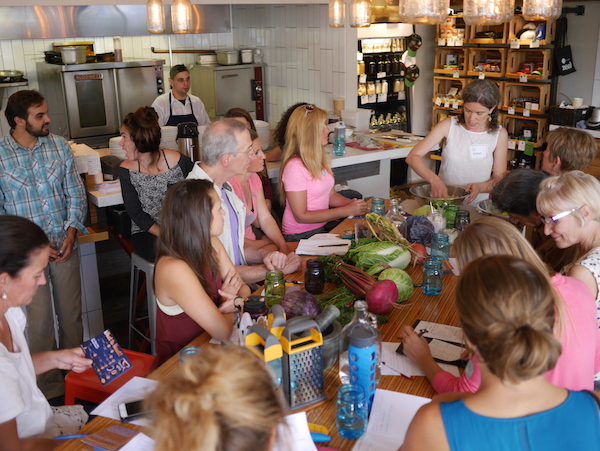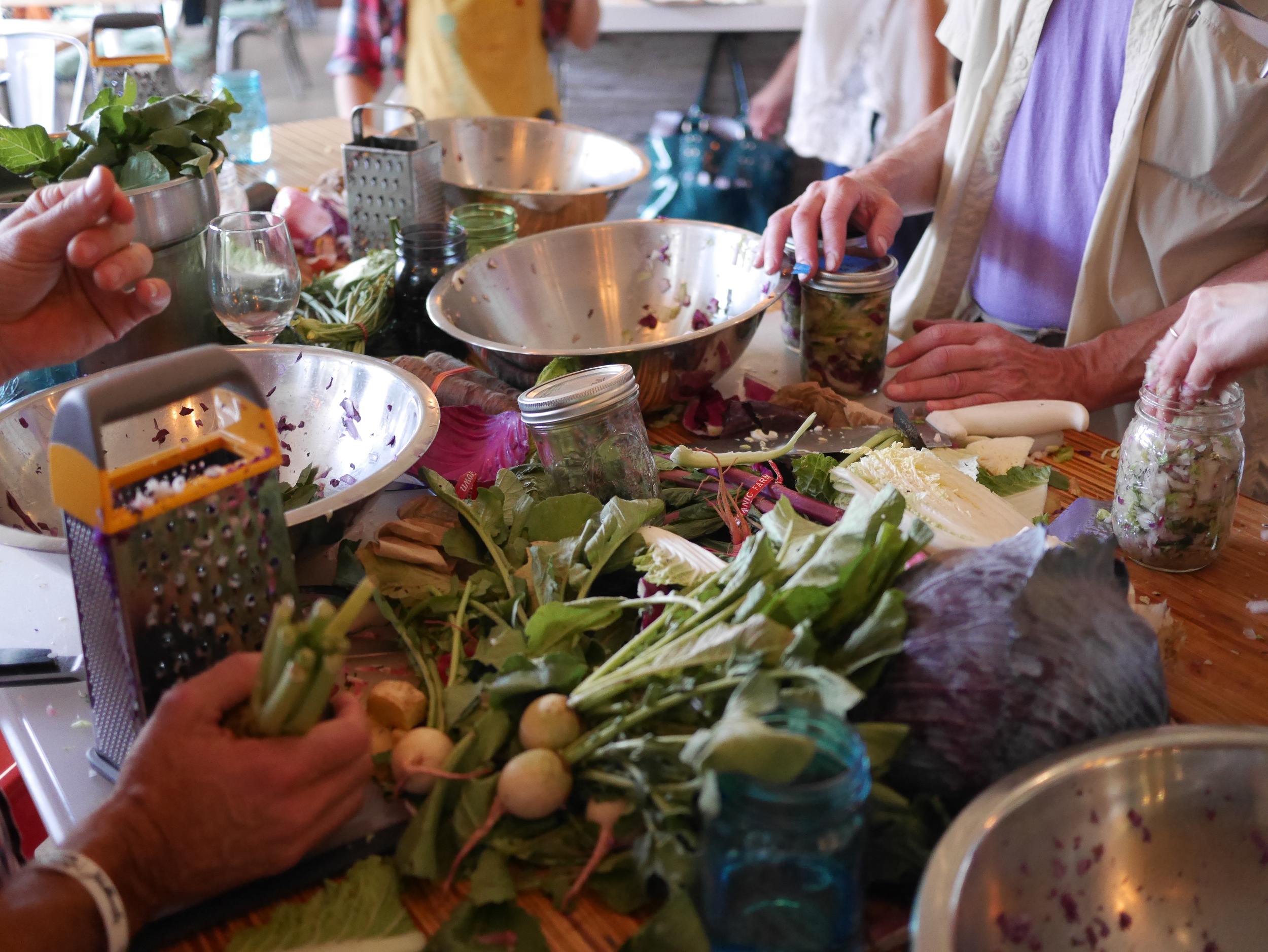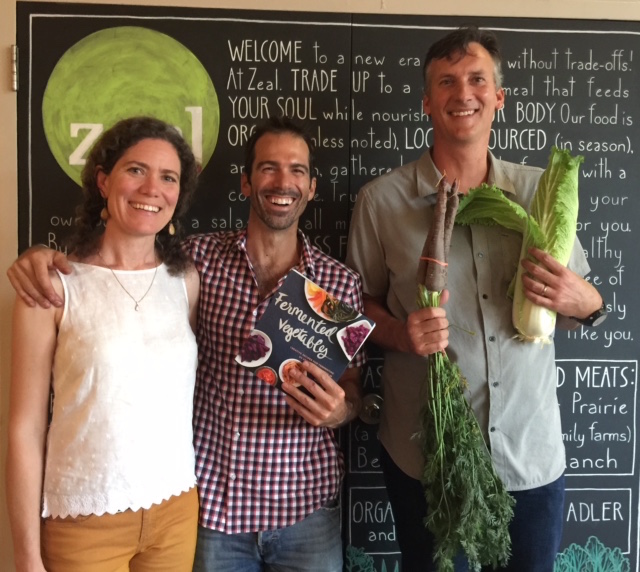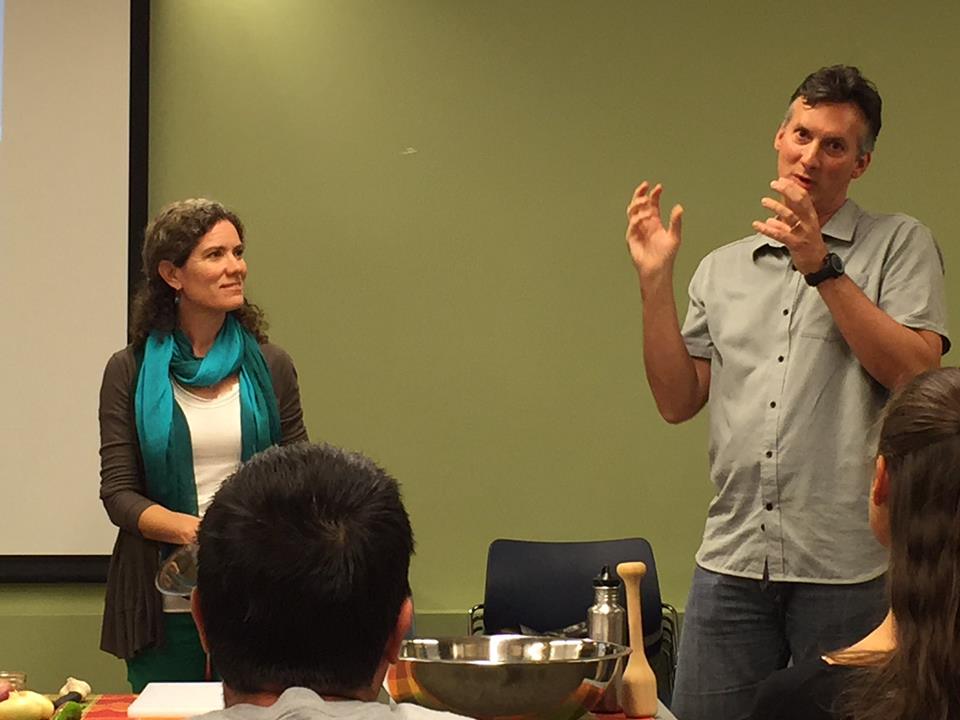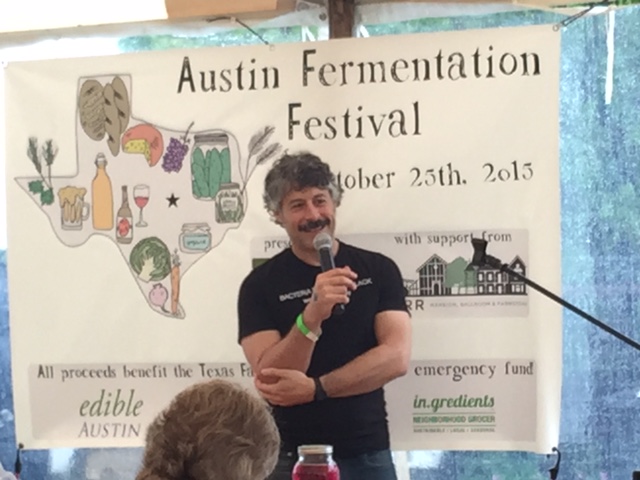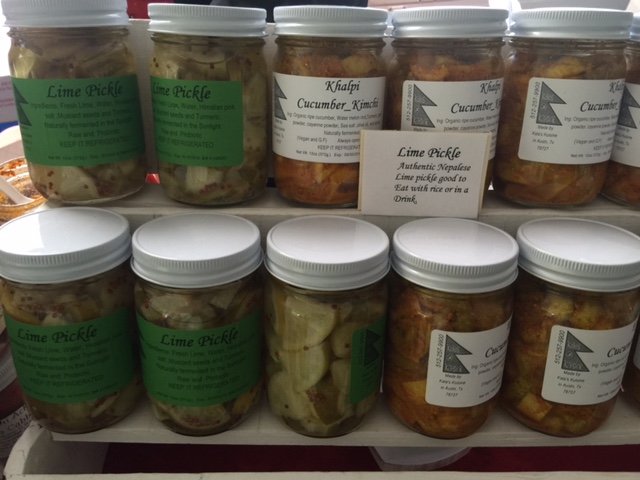We are pretty excited to post this video clip and interview with Charlie Mgee of Formidable Vegetable Sound System a music group with fun antique-beats and a fantastic message!
FermentWorks: It sounds like you grew up with an unusual childhood. Did food play a part in defining you? Did you grow up with fermentation? (Until recently that alone would be grounds for middle school social suicide—a fermenting crock on the counter. For me (Kirsten), it was being sent to school with garlicky hummus sandwiches that sent the garlic odor wafting from my desk through the classroom. It was the early eighties in rural Arizona...)
Charlie Mgee: I actually didn't discover fermentation until my mid twenties! The only fermentation I remember as a child was my Dad forgetting about the apple juice and opening it up a month later to find it had turned into cider. (We didn't have refrigeration, so this happened on more than one occasion.) I thought it was gross and actually had a bit of food paranoia growing up. Discovering fermentation certainly changed that!
FK: Formidable Vegetable immediately struck us as sounding like fermented vegetable and for some people a fermented vegetable is a formidable thing indeed—daunting, disturbing, and frightening—though that is changing quickly. We are curious how the name Formidable Vegetable Sound System came about?
CM: Haha! I've often considered changing our name to the "Fermentable Vegetable"! I came up with the band name pretty much on the spot as we were getting on stage for the first time and the MC wanted to know what to call us. It was just a random concoction of words that I blurted out! Seems to have stuck, though.
FK: Why kimchi? How does FVSS see kimchi as a fun solution to our toughest challenges?
CM: I see the production and preservation of our own healthy foods (fermented and otherwise), grown and prepared in our own homes as an incredibly fun and rewarding solution to some of the challenges we face globally. For instance, we'd reduce carbon emissions by making our own kimchi from locally grown produce instead of importing it pre-made from Korea or elsewhere. If people ate more fermented foods, the general health and wellbeing of the population would most likely improve, which could take a lot of pressure off the health system! On a deeper level, (and anyone who has ever fermented anything may have experienced this) there is some kind of profound, intangible meaning you get out of connecting with your food by inoculating it with the local, indigenous strains of bacteria and yeast and then consuming these into your body. I see it as a way to sort of become 'native' to any place where you live by literally 'eating the culture'! Also, it's just yum! There are just so many benefits from this simple food!
FK: It looks like you guys had so much fun with this song and the video. We would love to hear the backstory on how a kimchi how to song came about?
CM: After touring the world in 2013 with our first album, Permaculture: A Rhymer's Manual (link: http://music.formidablevegetable.com.au/album/permaculture-a-rhymers-manual-2 ), I decided to write an album for kids that would encourage them to grow and eat healthy food. You might think it a challenge to get a 4 year old to eat kimchi, but I'm happy to say that it can, and has been done! One of the ways to get kids to eat good food is to make it super fun, and maybe even a bit silly - which is exactly what we did with the Kimchi song! Getting covered from head to toe in radish, chilli and fish-sauce on a stinking hot Australian midsummers day is not the most comfortable experience, but the result was hilarious! Suffer for your art, I say!
FK: On the serious side FVSS has a real mission through “pounding sustainability deep into our consciousness in the funkiest way possible.” It is great to see a positive spin on getting the ideas of sustainability that in FVSS’s case are rooted in permaculture principles. (Christopher is trained in permaculture and we have a food forest on our farm.) Where do you see it all going?
CM: I'm really excited to explore the kids' show idea a bit further, so we're looking to do a heap more in that area. After playing mostly adult festivals for three years and somewhat 'preaching to the converted', I realised that the people who most need to know this stuff are the kids! Permaculture has some incredibly helpful solutions to solving problems of climate change and energy-descent that would no-doubt be of great use to kids growing up in these uncertain times. I really feel like it's our obligation to empower them as much as we can to take care of the planet and other people better than we have!
FK: We invite you to share your fermentation story. Where did it begin? What is your best flavor invention? And because one always has to ask—any epic fermentation fails?
CH: Kimchi is where it all began for me. After a friend gave me a jar she'd made, but could no longer stomach, due to her being pregnant, I was hooked! I have this wild theory that fermented food also inoculates your brain, leaving you craving more, so I was on a mission to try out as many different styles as possible after that. My favourite invented flavour I think was a berry kombucha I made once using flavoured herbal teabags... It tasted like healthy, probiotic soda! There have been oh-so-many epic kimchi fails! On entering a festival in Canada, we were given a warning that they weren't letting any glass into the campground, so I frantically jumped into the back of the van and stashed all of my nicely-bubbling jars of kimchi into my rolled-up futon mattress to hide them from security. We got them in, but on going to bed that night, I discovered to my dismay that they'd exploded all over the place, leaving me with the pungent odour of kimchi juice to lull me to sleep for the next few weeks on the road!
Grow Do It will be out on September 2 here!






